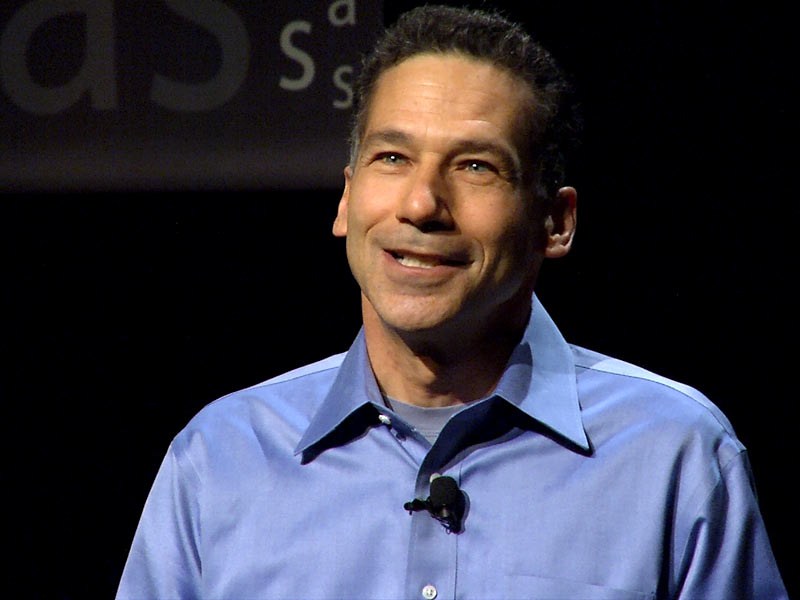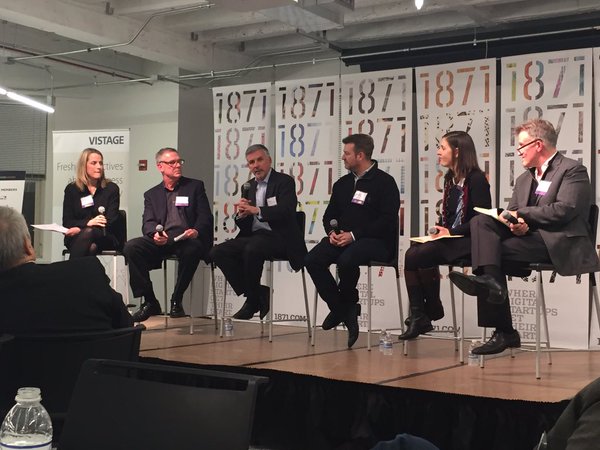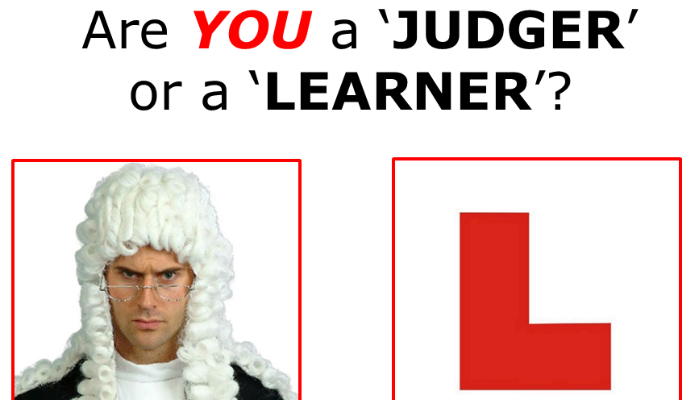With the release of The Power of Peers: How the Company You Keep Drives Leadership, Success & Growth, by Leon Shapiro and Leo Bottary set to take place in three weeks (March 22nd), I thought I’d share this authors’ Q&A! If you have additional questions, please let me know!
Q: What prompted you to write this book?
To introduce more leaders to the power of peers. While thousands of CEOs will tell you that being part of a CEO peer advisory group has transformed their lives and their companies, too few of them are ever exposed to the experience. They read books, attend executive leadership programs, go to conferences, hire coaches, etc. – which we applaud – but we also believe that CEOs who don’t harness the power of their peers and realize what we call “peer advantage,” are really missing out. By giving language to this powerful resource, we hope more CEOs and business owners will discover how much they (and their organizations) will benefit from joining a group.
Q: How would you define “peer advantage”? How is it an effective method for CEOs and other leaders who struggle with isolation?
Without giving it a second thought or that much effort, we’ve experienced the power of peer influence our whole lives. Imagine if we gave it a second thought. If we are more selective, strategic, and structured about how we engage our peers, we can transform garden-variety peer influence into what we describe as “peer advantage.” It’s that simple. For CEOs and business owners, who all too often feel isolated, or “lonely at the top,” they will help each other in ways they won’t find anywhere else.
Q: Besides isolation, what are some other key reasons a CEO might consider joining a peer group?
There are many, but let’s focus on two:
- An empathetic, impartial sounding board. CEOs are surrounded by advisors, employees, board members, etc. who, when it comes to giving advice, either have a stake in the outcome or don’t really understand what it’s like to sit in the CEO’s chair. This is where a CEO peer advisory group comes in. CEOs rely on their peers, who empathize with the CEO role and have no personal stake in the outcome, to pressure test decisions they are about to make. It’s a powerful resource that gives CEOs not only the insights to make the best decisions, but also the increased confidence to act on them.
- Diversity of perspective. By engaging with CEOs from a broad range of industries outside of their own, they will discover best practices that can be applied to their business that they would not likely discover by working with leaders within their industry sector. This opens up a new of world possibilities for most CEOs.
Q: In Chapter 1, you explain that the people with whom we surround ourselves matters a great deal. What are some basic guidelines CEOs should follow when selecting a peer group to join?
CEO Peer Advisory Groups are what Etienne Wenger-Trayner calls “Communities of Practice.” The structural characteristics of a community of practice include having a domain that involves a common knowledge base around a shared purpose, a community willing to collaborate, and a practice with a solid set of approaches, language, and tools. So if you’re a CEO, join a group that consists of CEOs who share goals that align with your own, who are committed to working together, and who enjoy solid practices and a culture of accountability that raises everybody’s game.
Q: You discuss vulnerability in Chapter 5. Why is it a necessary element for a successful peer group experience?
Your peers can’t give you solid advice if you’re unwilling or afraid to share everything about the challenges you’re facing. That includes being open about what you think and how you feel, no matter how difficult that may be to share. The outcome will only be as good as the input. Being among a group of people whom you trust to share in a setting that is safe, confidential and free of judgment, not only helps in a given situation, but also serves to build an enduring trust among group members.
Q: In addition to individual growth, you write that peer advantage can benefit and accelerate business growth as well. What’s one example of this?
Business growth and individual growth are two sides of the same coin. Jay Steinfeld grew as a person and as a leader before his “mom & pop” blinds business became a $100+ million dollar company that was recently acquired by The Home Depot. It’s one of the most compelling stories in the book.










